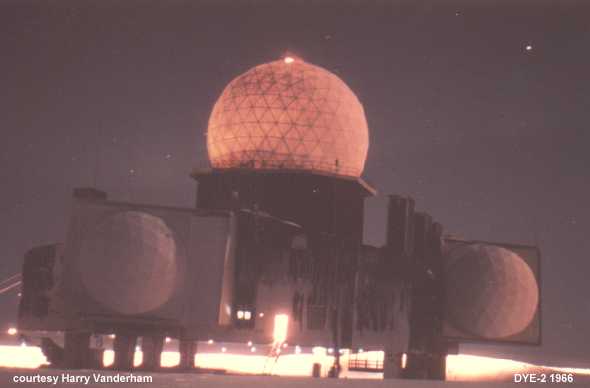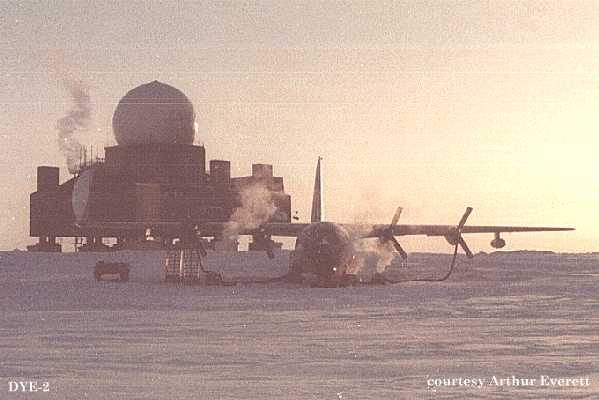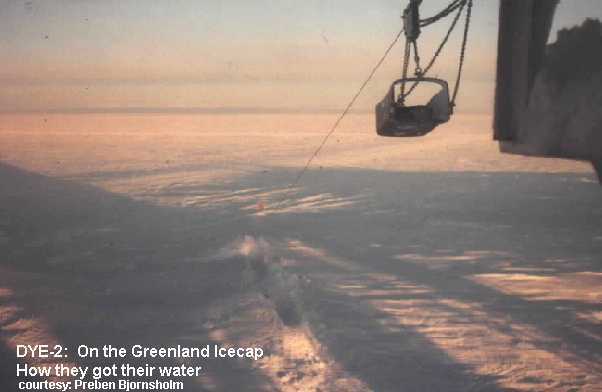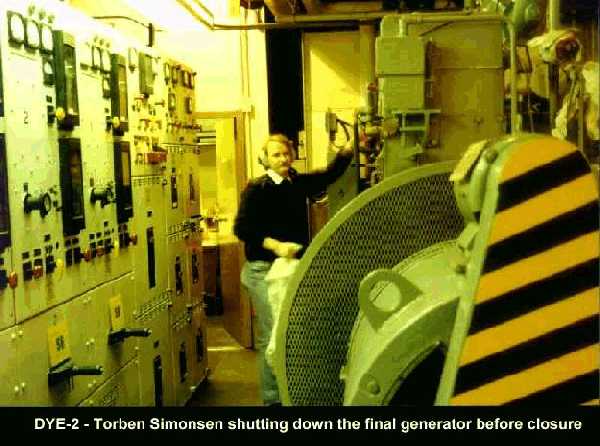DYE-2, a Cold War relic in the Greenland ice
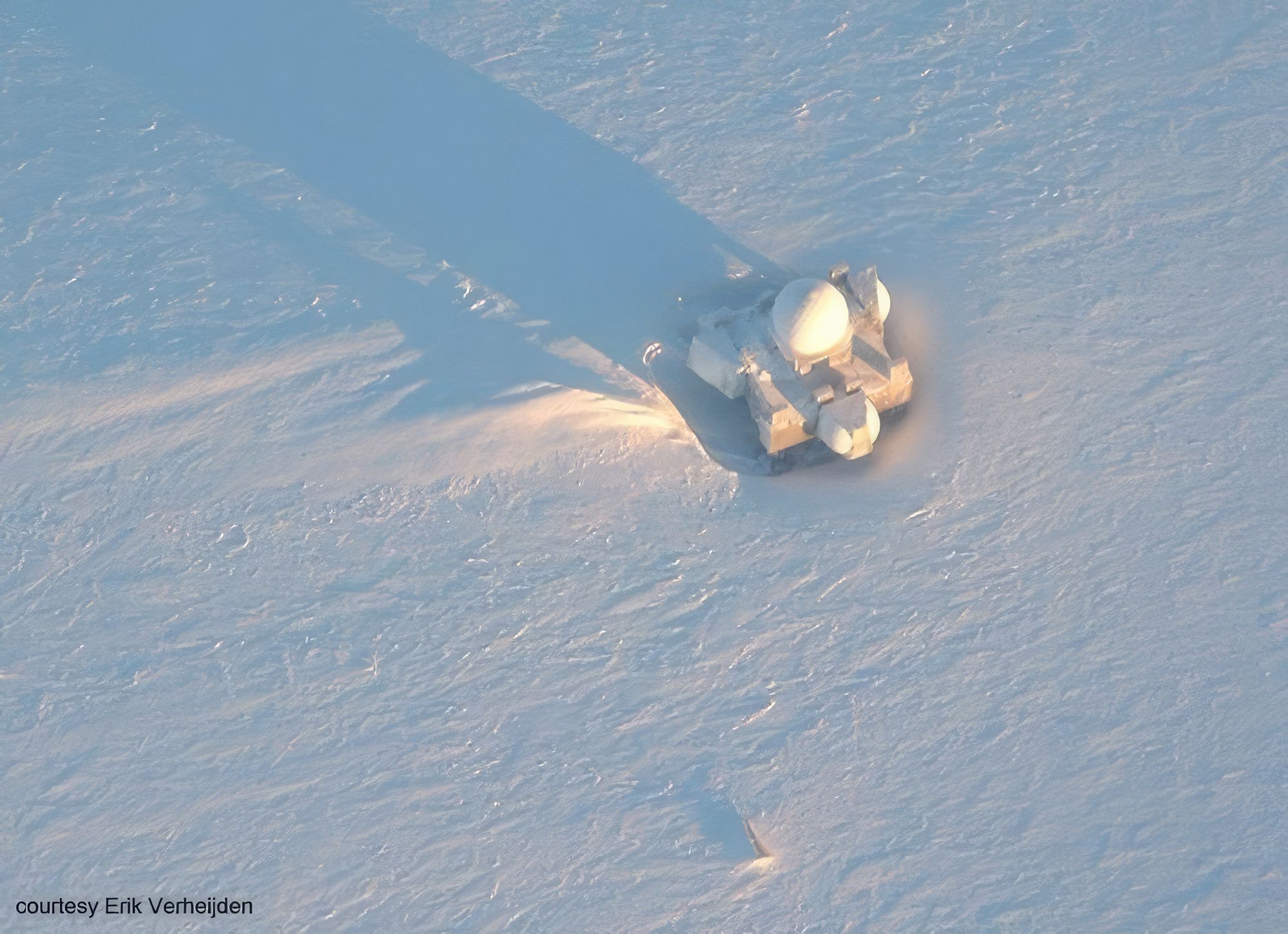
During the Cold War, the United States and the Soviet Union were engaged in a tense standoff that often led to military posturing and espionage, with the primary concern for the US being the possibility of a Soviet nuclear attack on North America. In response to this risk, the US military established the Distant Early Warning (DEW) Line, which was a network of radar stations constructed across the Arctic. The DEW Line was created to provide early warning of any potential Soviet air attack and to close gaps in radar coverage in the Greenland-Island-United Kingdom Atlantic gap (the GIUK gap).
DYE-2 (radio name "Sea Bass") was a radar station built 470 km off the west coast of Greenland as part of an attempt to fill the GIUK gap. DYE-2 was a significant station in this radar chain. It was located on the southern Greenland ice sheet, about 100 miles east of Kangerlussuaq. The station was situated on 2,583 acres of ice cap territory leased from Denmark and was at an altitude of 7,600 feet above sea level. It was able to accommodate a large staff during periods of severe weather, demonstrating the size and scale of the operation. The DEW Line consists of 60 radar stations stretching over a 5,800 km line from Alaska, through Canada, and to Greenland. This was a joint effort between the US, Canada, and Denmark.
Two of these Greenland sites, DYE-2 and DYE-3, were built directly on the Greenland ice cap. DYE-2 was built on the Greenland ice cap in 1959, and it quickly became clear that the building needed to be raised periodically to keep up with the rising snow and ice.
The construction of the station was a significant project, with all materials manufactured in the US and transported to Greenland. To permit blowing snow to pass under and to prevent drifts from forming, the DYE-2 and DYE-3 composite buildings were built on stilts. The foundation was an enormous steel framework consisting of 16 columns, most of which are covered in ice today. Construction required a huge effort, with teams working 10 hours a day, seven days a week. In November 1960, after two years of work, the facility was complete. Engineers developed novel techniques in construction to build the 126-foot structure topped by a large radome. Eight steel columns were erected to suspend a 5.2 million-pound platform 20–30 feet above the snow. The steel columns were built so that extensions could be added to allow for the periodic raising of the platform by hydraulic jacks to maintain a 20-30 foot ground clearance.
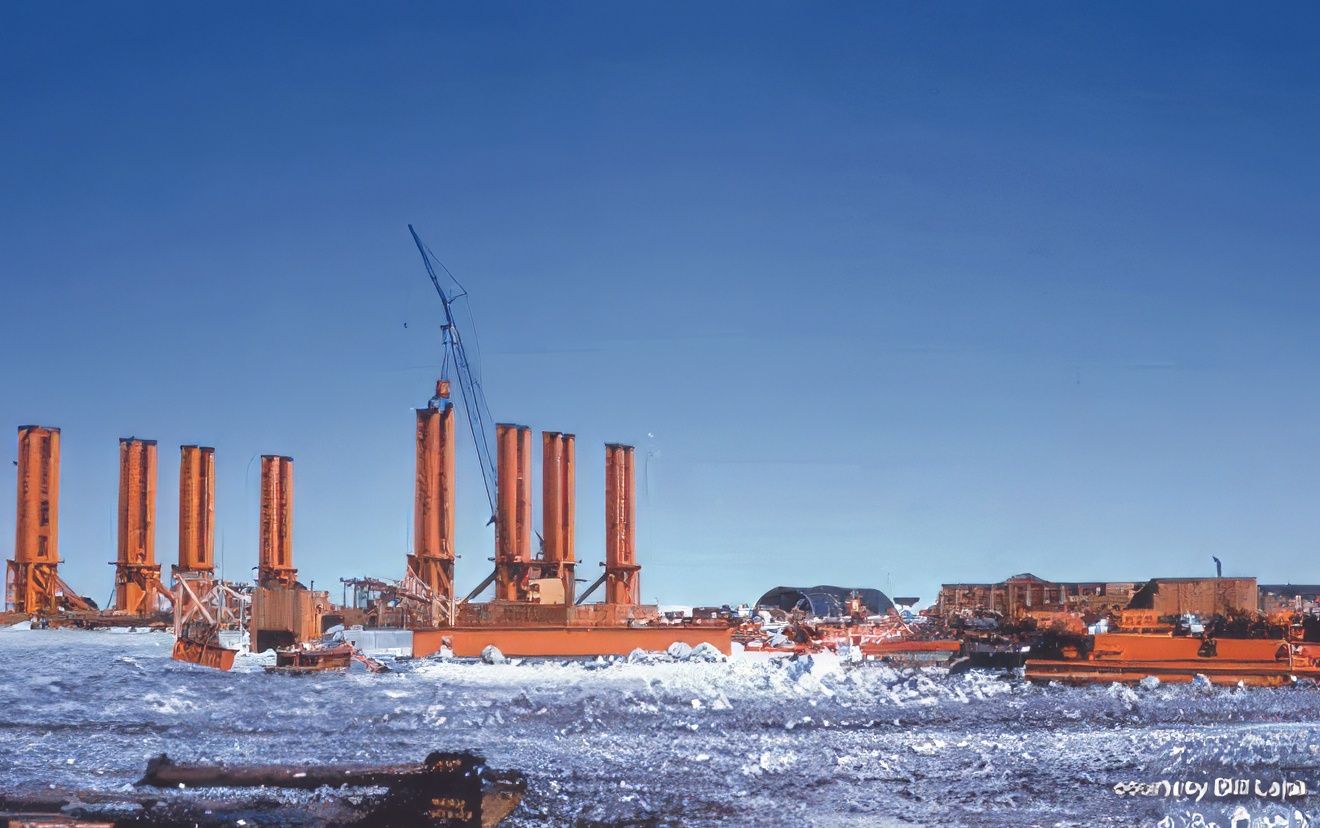
The buildings had living, working, and storage space of more than 45,000 square feet, with the remainder of the space taken up by the radar, which was covered by a 55-foot white dome.
The site was originally expected to last 20 years, but it quickly became apparent that the snow and ice buildup was faster than anticipated. The subsurface conditions were also causing differential footing settlement, and the high structural stresses would make it unsafe for reoccupation after December 1988 unless emergency maintenance was performed. The U.S. Air Force officially abandoned the site in August 1988 as a result of this analysis.
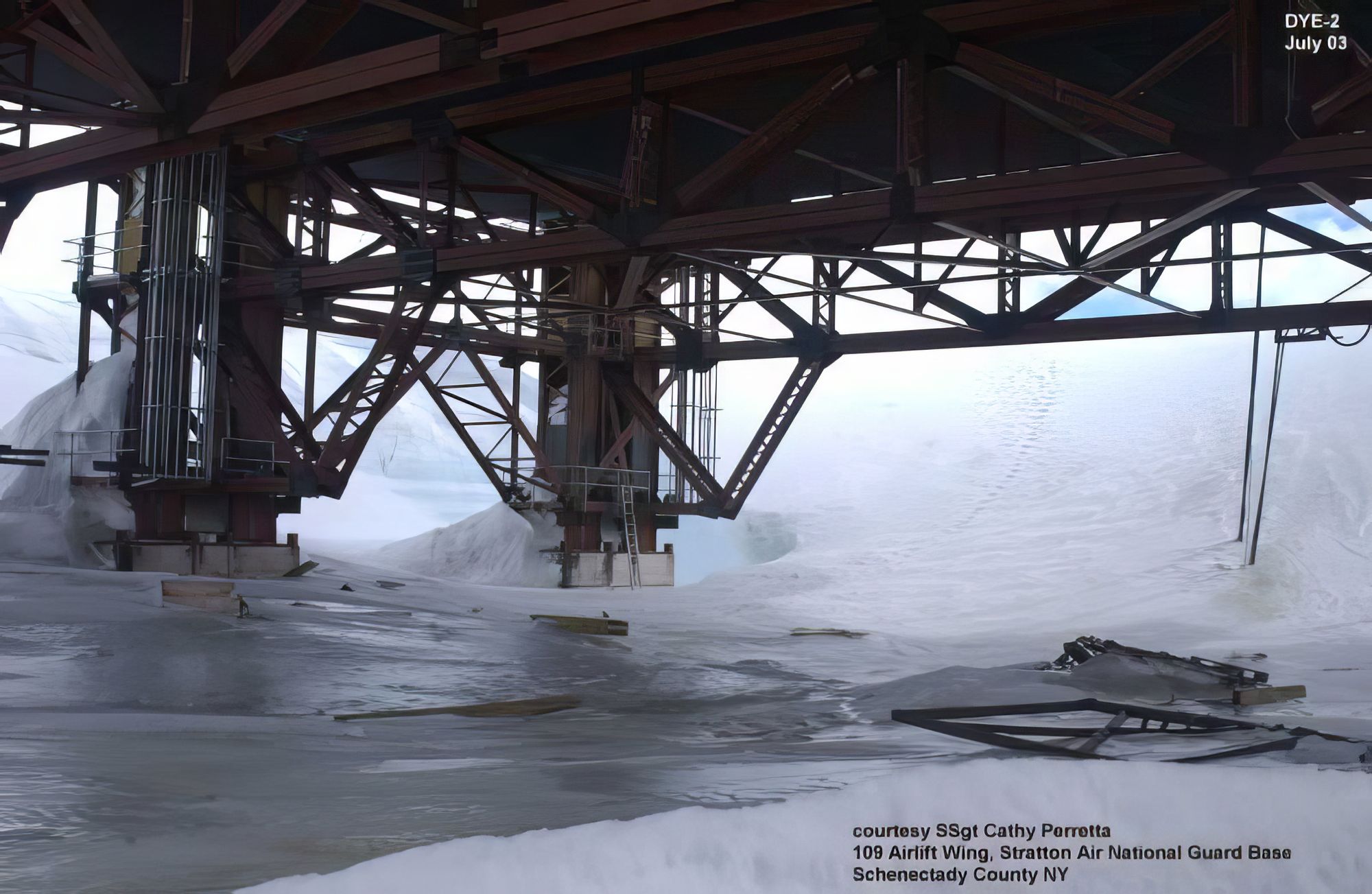
Today, DYE-2 remains on the Greenland ice cap, abandoned and covered in snow and ice. The radar and other equipment have been removed, and the site is slowly sinking into the ice. The DYE-2 and DYE-3 radar stations were engineering marvels that represented the cutting edge of construction technology at the time. They played a critical role in the defense of North America during the Cold War. They helped ensure that the U.S. military was ready to respond to any incoming threats. Though the site is no longer operational, it remains a testament to the ingenuity and determination of the people who built and maintained it.
The DEW Line played a crucial role in securing the Arctic region during the Cold War. The radar chain was a testament to the US government's determination to protect itself against potential air attacks from the Soviet Union. The stations were linked by tropospheric scatter and by HF radio, and they all maintained radio watches on various frequencies. Although the DEW Line is now obsolete, the stations remain a reminder of a tense and challenging period in world history. The stations are fascinating sites to visit, offering a unique glimpse into the not-so-distant past.
The author of a first-hand account of visiting the abandoned DYE-2 site describes the massive structure as a relic of the Cold War that measures 200 feet along the sides and reaches six stories to the radar dome. The building sits on six huge steel-girder pylons that rise 30 feet above the snow. The pylons are buried in the ice, and the station could be raised or lowered on them to compensate for shifts. From a distance, the structure, with its onion-shaped dome, looks like a Russian Orthodox church. The interior of DYE-2 shows signs of a quick exit, with dated magazines and calendars strewn about. Freezers still contain food, and technical equipment worth tens of thousands of dollars is everywhere.
Terry Wambolt, who worked as a console operator at DYE-2 in the 1980s and remembers the site’s last days, says that he was talking with a Canadian military official "when we pulled the plug on the link." He returned two weeks later with a crew that dismantled the equipment and was literally the last person to leave DYE-2. "We were very busy during this time, and I was sad to see it end. I remember thinking of all the waste," he said. The site is slowly disappearing into the snow, and its outbuildings are no longer visible. Drifting snow will consume it completely one day, but that day appears to be decades away.
Overall, the author paints a vivid picture of the stark beauty and challenging conditions of Greenland. The 109th Airlift Wing hones their piloting and navigating skills over the ice and supports National Science Foundation research missions. The visit to DYE-2 adds a glimpse of the history and legacy of the Cold War in this remote and isolated region.
